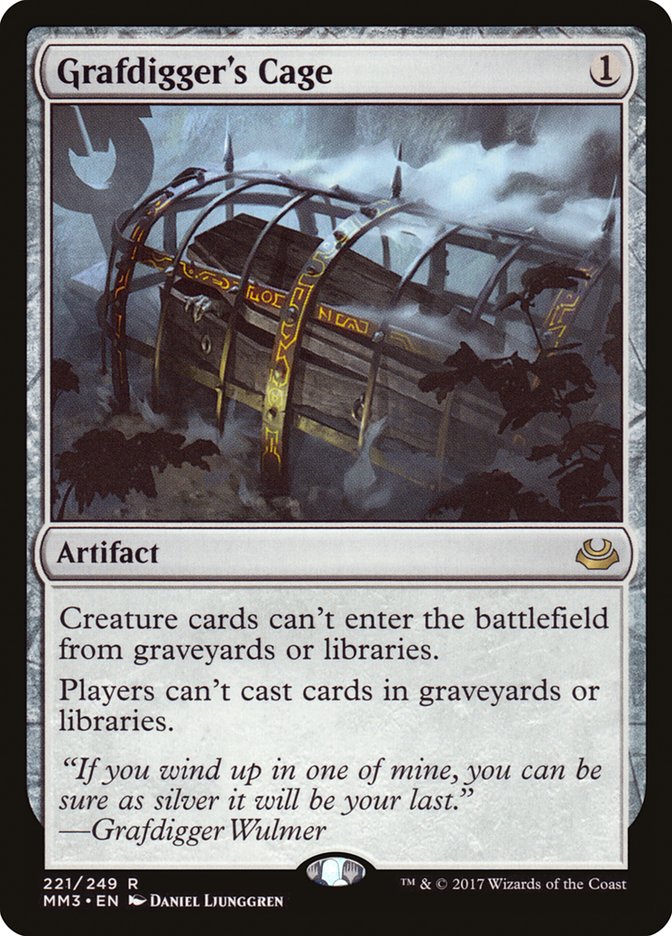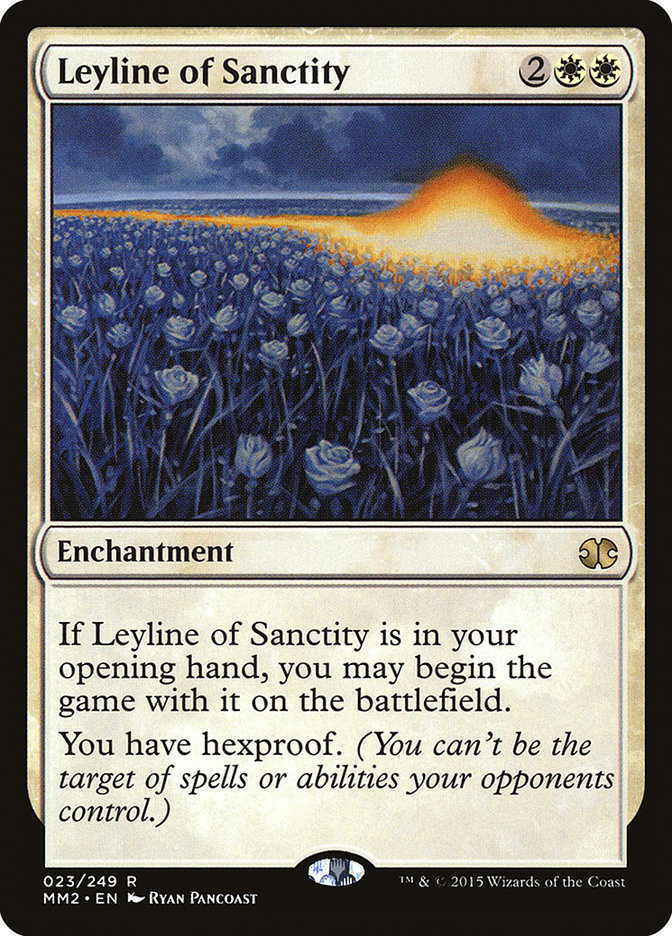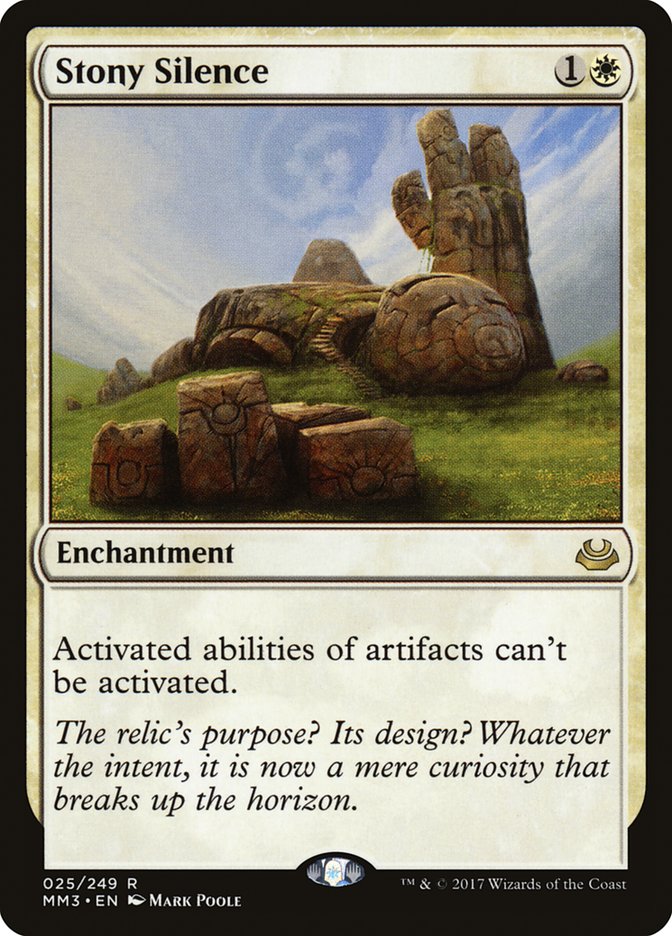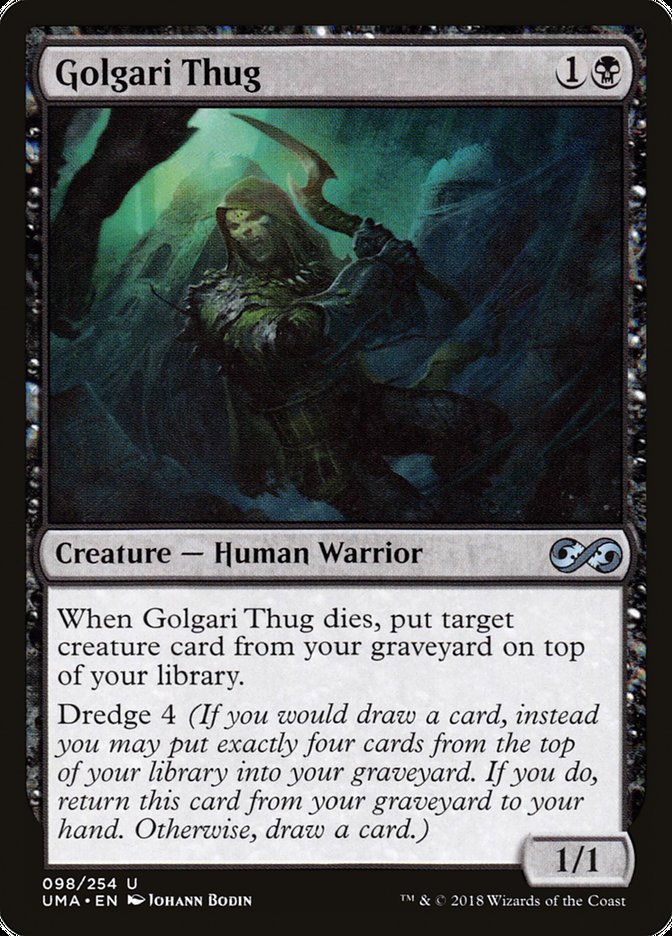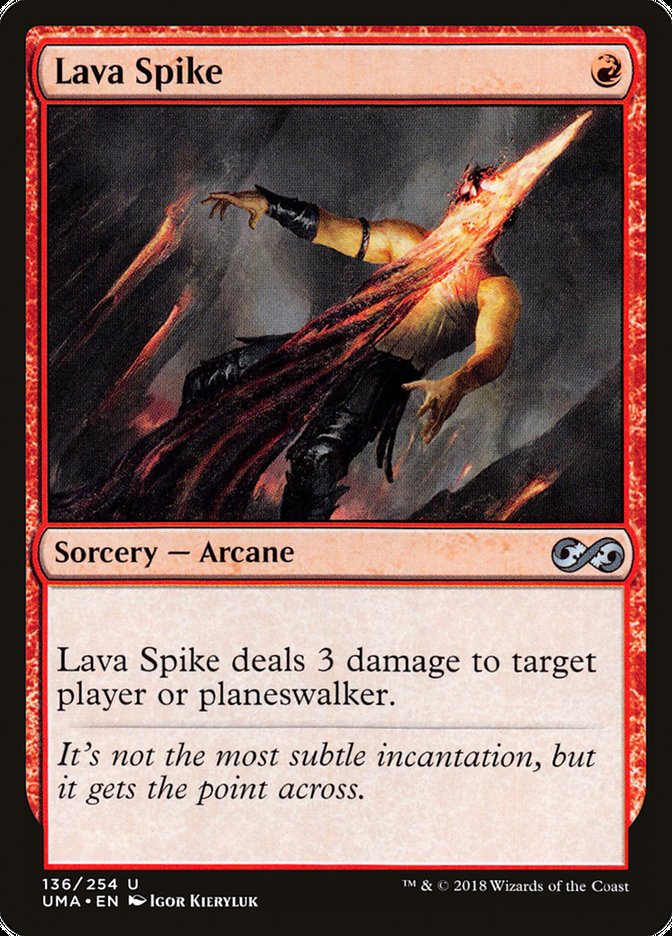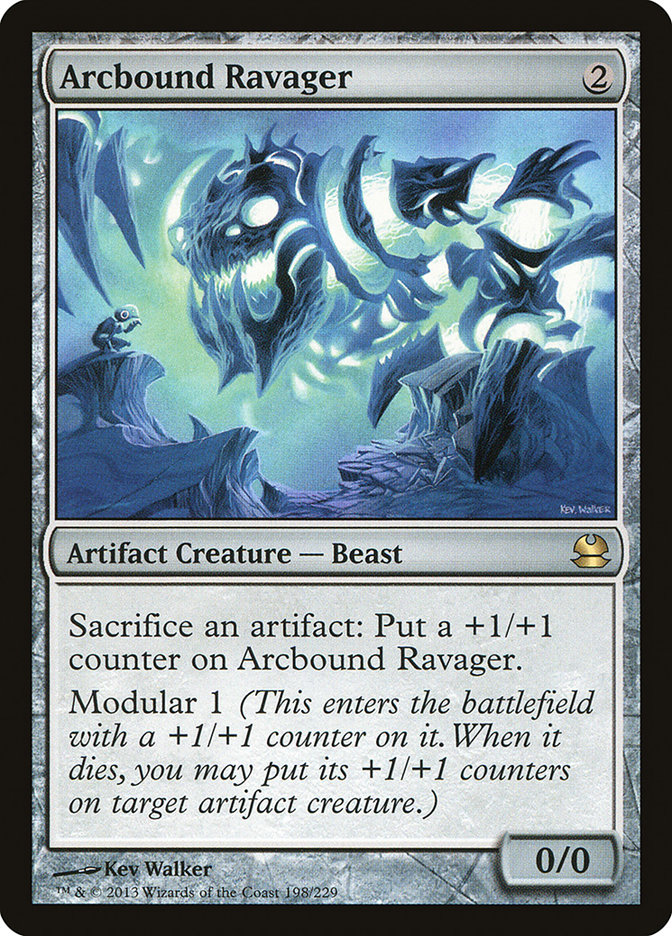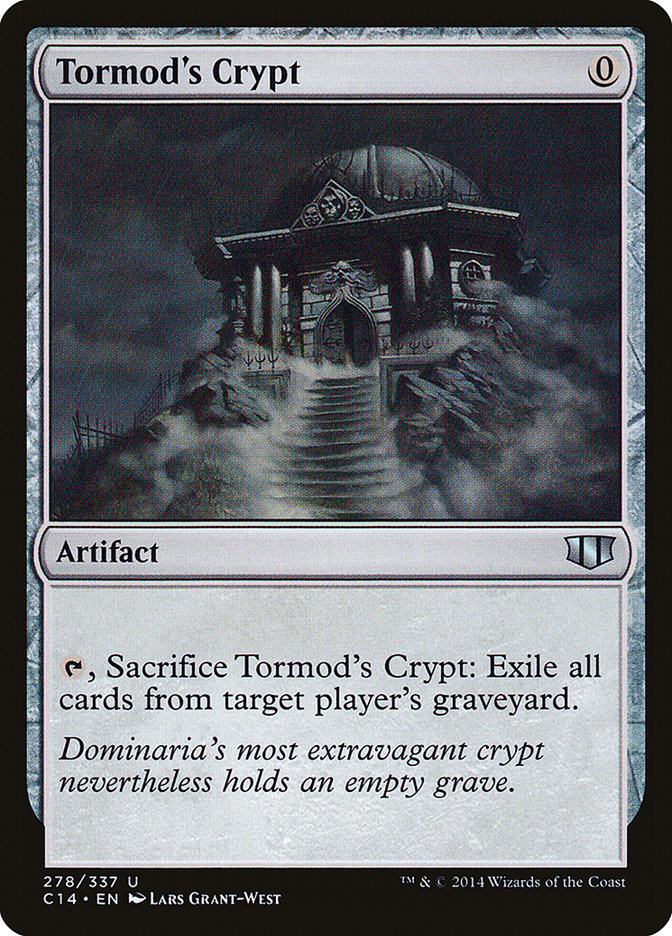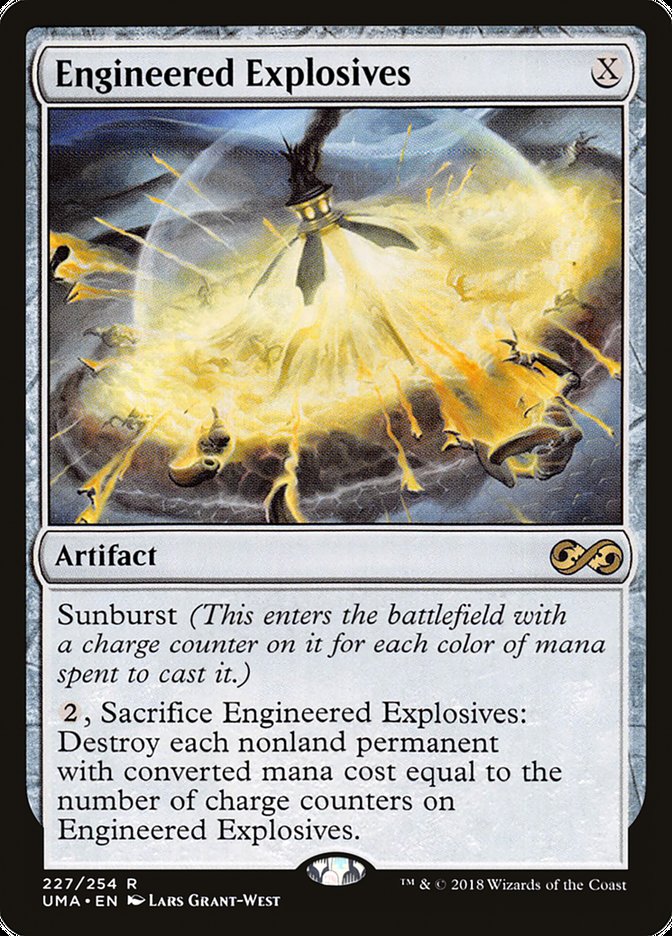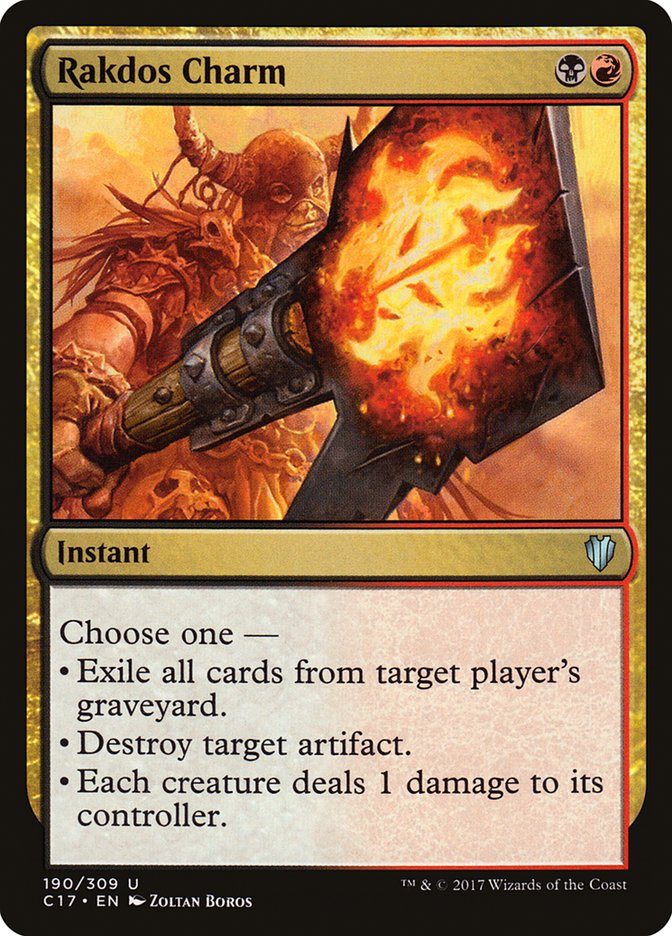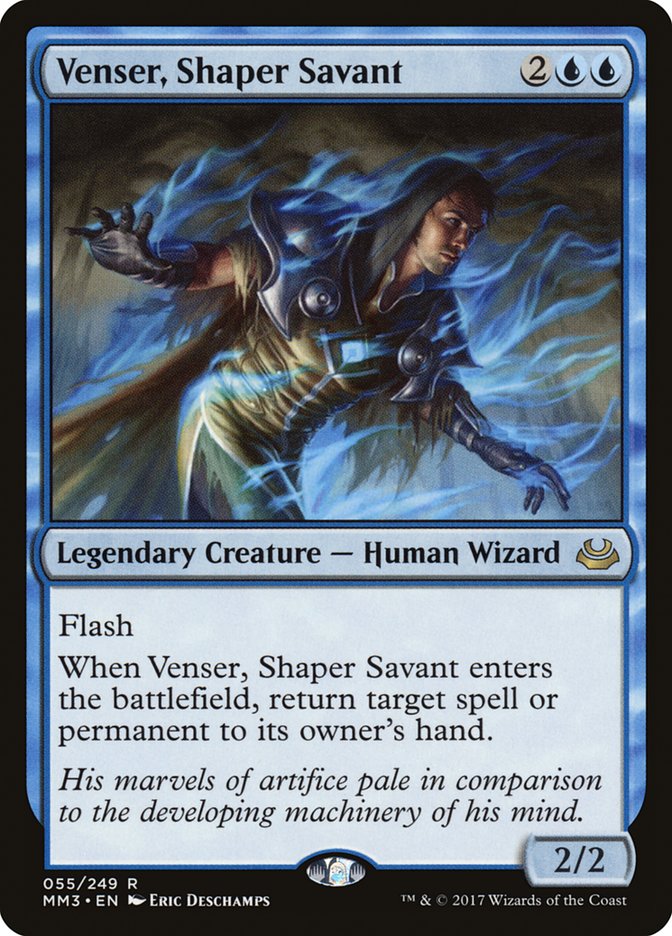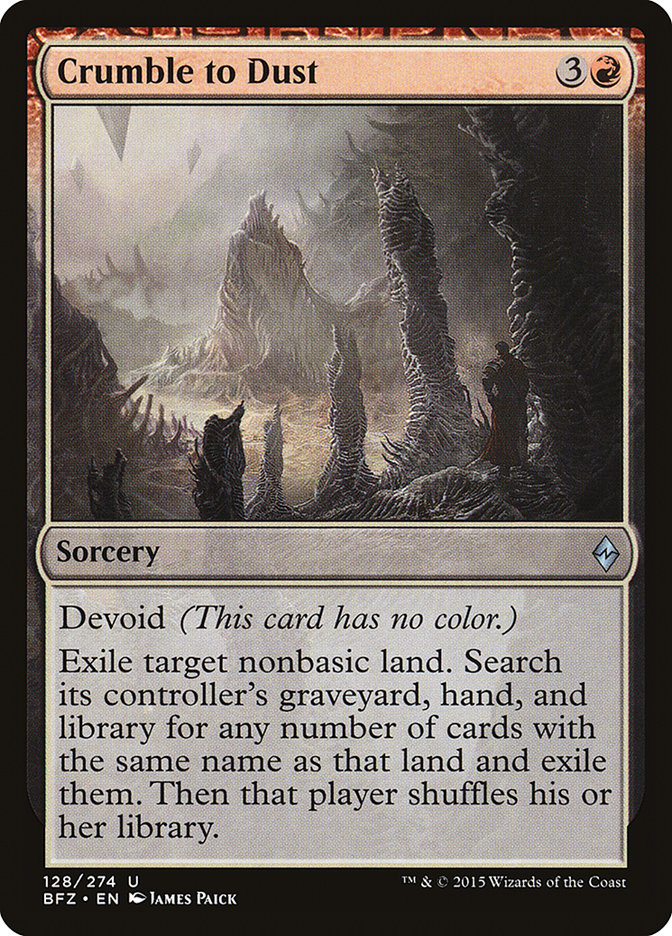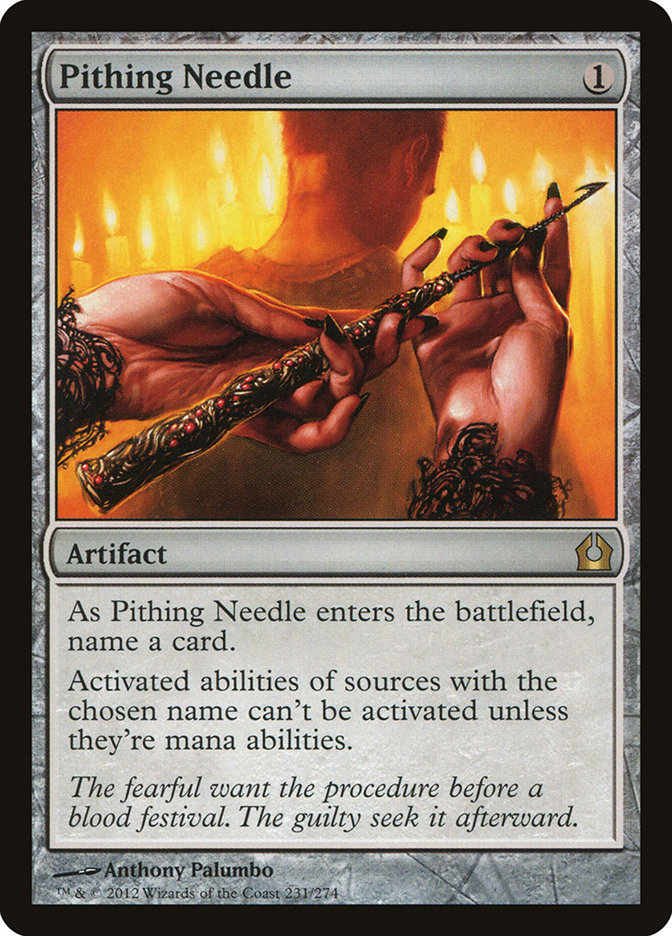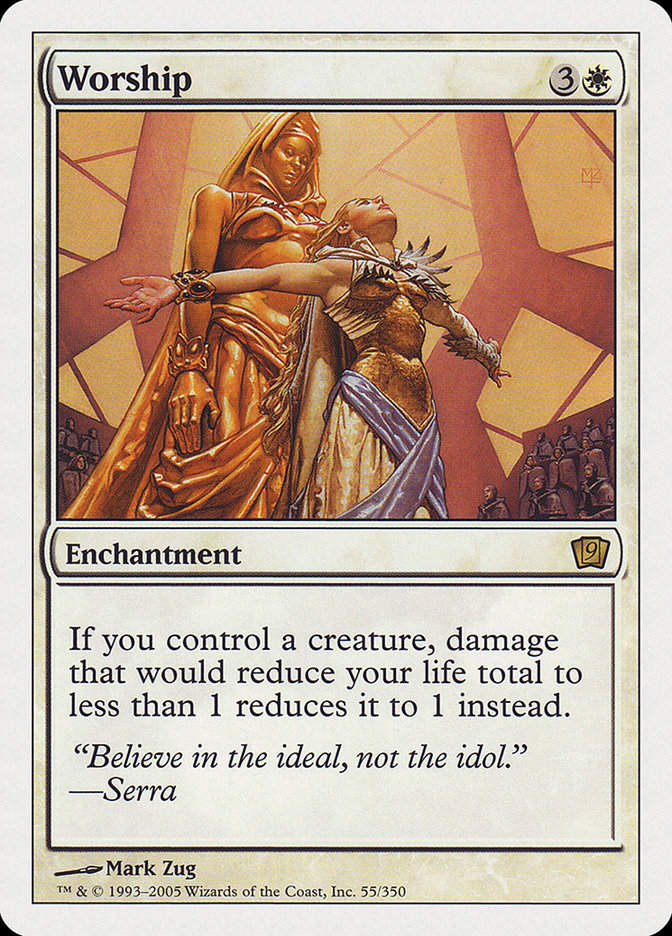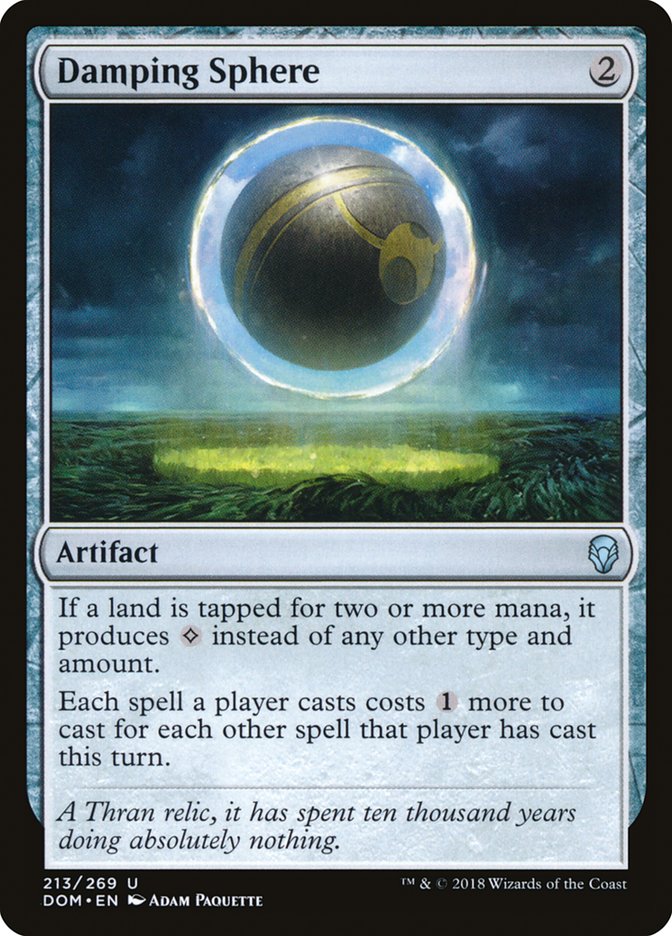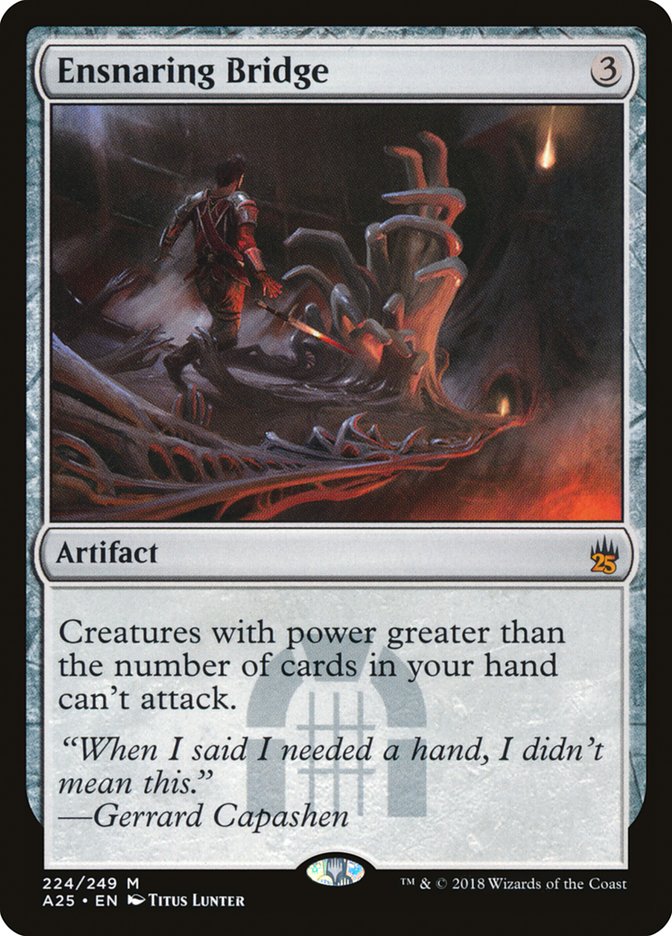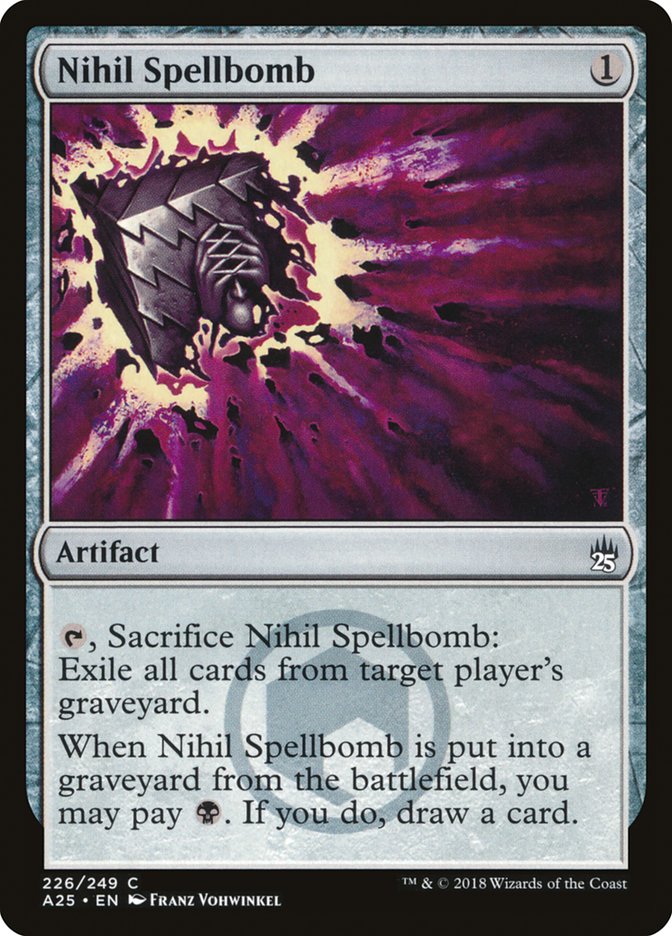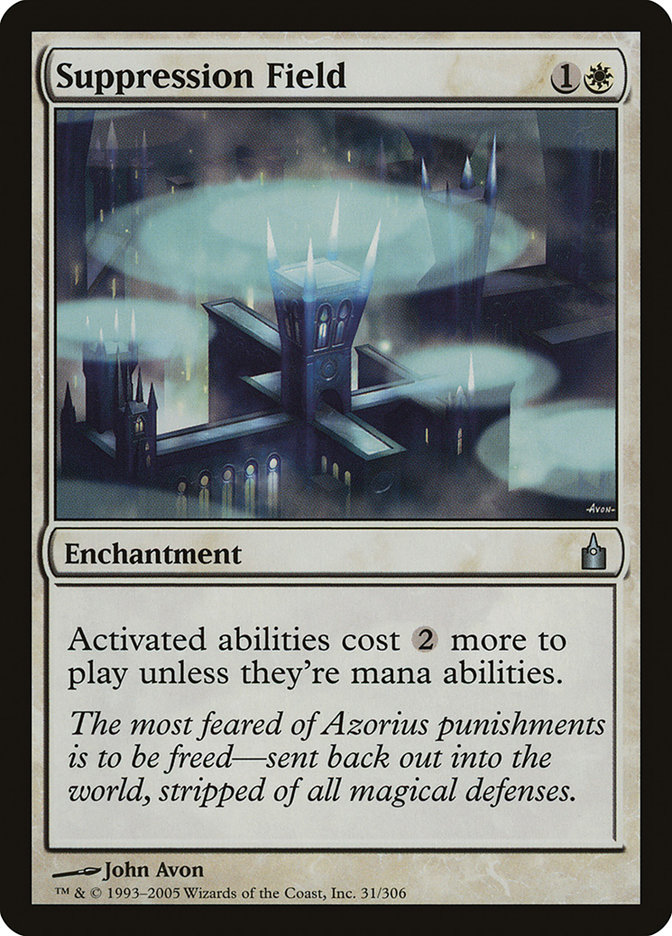Hate cards are one of the most misunderstood classifications of cards in
all of Magic. Modern, in particular, is a format that features much
stronger threats than it does answers, and as a result, lives or dies by
its hate cards.
Like anything in Magic, Modern’s hate cards tend to have a handful of
misconceptions surrounding them, and looking at the subgroup of cards
categorically is the easiest method of finding the over- and underplayed
cards in today’s Modern world.
Floodgates
Floodgates are cards that turn off an entire strategy, but don’t do
anything to answer the cardboard on which the opposing cards are printed.
The knee-jerk reaction here is to assume that virtually invalidating an
archetype’s worth of cards is effectively the same thing as answering their
cards, but there’s a marked difference, and that relevance is in what
happens if the worst thing happens and the card is answered.
Although Grafdigger’s Cage, Leyline, and Stony Silence are all incredible
against the decks they hold any relevance against, anybody piloting a
linear deck is going to expect the hate. Nobody sleeves up Prized Amalgam
and friends under the guise that they’re just going to get to implement
Plan A for fifteen rounds. Linear decks are going to have answers for
answers.
So, what happens when they draw them? It’s business as usual.
When Stony Silence is gone, Robots kill you; when Leyline of Sanctity isn’t
protecting you, Lava Spikes eat you alive.
Floodgates are good at holding back the rising waters for a time, but they
aren’t going to save you forever. Cards that fall under this umbrella
aren’t going to win the game by themselves and are mostly buying time.
Buttons
As the title suggests, buttons are a single action being taken, pulling the
proverbial trigger to get a large, one-time effect.
The natural upside to these kinds of cards is they make it incredibly
unlikely that the opponent will be able to operate on a specific axis
immediately after the button is pushed, so to speak. Dredge probably isn’t
dumping its library into the graveyard; Storm isn’t comboing off through a
Silence.
The drawback to these kinds of cards is that they only work once, and in
Modern, that may not be good enough. Take a look at this game I played
against Jake Humphries in a recent Open:
Although I had an early copy of a zero-mana graveyard hate card against the
graveyard deck and was able to tag some of the more important cards in the
matchup, Jake was able to simply play his game from there and easily won.
The important aspect of playing these types of cards is having some sort of
clock to close the game while the opponent rebuilds. The aforementioned
match is a fairly egregious example of how fast players can rebuild. In
other words, stalling an Ironworks deck for a turn via Silence isn’t going
to stop them forever. That’s not how this works.
Decks that operate on an axis that Buttons punish are going to be able to
pick themselves back up and chug on along. These types of cards demand that
the opponent either be tripped by another Button later or be
killed while they’re still regaining their footing.
Swiss Army Knives
Swiss Army Knives are great because they can do several different things.
Swiss Army Knives suck because they aren’t very good at any single thing
they do. The biggest draw to Swiss Army Knives is that they help cover
bases in several matchups that may otherwise be neglected.
This type of effect is generally going to be more reasonable in a fairer
strategy, rather than something linear. Decks like Jund and Humans are in
the market for tools that will help them interact with what their opponent
is doing and have a strategy that is rooted in not being cold against any
single archetype.
Something more linear is going to be trying to answer specifics answers to
their own cards, and the versatility that comes with Swiss Army Knives
isn’t going to be as valuable as a result– particularly when looking at
the bump in mana that must be paid for that versatility.
Scalpels
Sometimes there’s only one card that matters, and it only takes a Scalpel
to cut the heart out of a strategy. Scalpels are going to be pretty
mediocre a majority of the time, but when they’re good, they’re the best
thing for the job.
Both fair and unfair decks can be looking for this type of effect, but it’s
going to be at its most effective when fighting something unfair that leans
on a single card in order to win the game.
Prisons
Cards that are truly Prisons are things that can win a game almost entirely
on their own. There are naturally exceptions to the rule, but these are the
cards that are punishing a deck for operating on a single axis to the point
of making it impossible for them to play Magic in some way.
The drawback to these styles of cards is they rely on their casters being
at parity or ahead on the battlefield. Blood Moon isn’t doing very much to
stop a Humans player if they already have twelve power on the table;
Worship ain’t doing much against Burn without any creatures on the table.
Improving on Sideboard Technique
Taking all these things into account, there are some common trends in
Modern that can be easily addressed, be it cards that are overplayed, cards
that are underplayed or things that are simply being misused. There’s more
than one would assume.
The Overplayed
Stop. Bringing. This. In. Against. Fair. Decks.
No, it doesn’t matter if it is able to tag the card that Snapcaster Mage is
going to Flashback. Surgical Extraction is a card that is great at
answering something very specific–think Urza’s Power Plant out of Tron or
Grapeshot out of Storm.
Any time a fair deck plays this in a fair mirror, it’s losing a card by
casting the Surgical Extraction and then hoping that it takes cards out of
the opponent’s hand during the resolution of the spell. If it doesn’t?
Surgical Extraction was effectively a spell that said “Pay two life.”
The cards in the fair decks of Modern must be powerful enough to compete
with the linear strategies. Spending a resource without the guaranteed
upside of it affecting the opponent’s immediate resources isn’t going to be
worth it a vast majority of the time.
If you’re playing a deck that doesn’t struggle against the linear decks of
Modern, Surgical Extraction isn’t a particularly worthwhile inclusion in
your sideboard. Use that space to shore up a closer matchup.
Damping Sphere isn’t going to be good enough against any of the decks it’s
brought in against forever. Stop treating it like a Stony Silence when it’s
closer to a Thalia, Guardian of Thraben.
The combo decks that are slowed down by the Sphere of Resistance half are
all packing answers to permanent-based hosers. Storm isn’t leaving the
house without Echoing Truth, and Ironworks maindecks as many as three
copies of Engineered Explosives.
This card isn’t the Prison so many people want it to be. It’s a Floodgate.
This card does a lot and that’s pretty neat. Unfortunately, it’s trying to
interact with decks that fight through much stronger hate cards.
Artifact decks are prepared to fight through Ancient Grudge. Don’t rely on
Shatter.
Graveyard decks can rebuild from Rest in Peace. Don’t pretend that two-mana
Tormod’s Crypt is anything to write home about.
Rakdos Charm is an example of a jack of all trades but a master of none.
Modern is going to reward those who plant themselves in their called shots
and have the most effective hate for what they fight against.
You don’t get extra points for barely losing against something instead of
getting creamed. Stop playing weaker hate that isn’t actually going to be
worth the slot that it occupies. Rather than playing something that’s
mediocre against two and a half things, you can play a card that’s great
against a single archetype and not occupying a slot in your library against
other things.
Burn decks are still playing Ensnaring Bridge, in this, 2018, the year of
our lord.
When players first began sideboarding Ensnaring Bridge, it was a great way
to pants
unsuspecting players and use Ensnaring Bridge as a Prison. Today, with
Knight of Autumn in the sideboards of the biggest two creature decks in the
format (Bant Spirits and Humans), the card is much closer to a Floodgate.
On top of that, it can actually create some awkward situations in which the
Burn player has trouble emptying their hand before they’re at risk of dying
to Noble Hierarch beats or something similar.
On top of that, the two decks that Ensnaring Bridge is intuitively
the most powerful against have packages that lead to them getting to their
answers. Humans’s utilization of Kitesail Freebooter, Meddling Mage, and
Thalia, Guardian of Thraben all make it difficult to both cast Ensnaring
Bridge and empty one’s hand, and Bant Spirits has Collected Company and
Thalias of their own.
Ensnaring Bridge will be a strong sideboard option when Selesnya-free
creature decks are running around, but until we’re in a sea of Thought-Knot
Seers and Kolaghan’s Command and Death’s Shadows, stay away.
Simply put, Nihil Spellbomb is too slow.
Tormod’s Crypt is frequently not quite good enough, and the reason to play
Nihil Spellbomb is with the intention of cracking the thing. Spending two
extra mana for the effect it provides that is frequently not good
enough–and not fast enough in this case–isn’t worth the sideboard slot
being dedicated.
The Underplayed
Yes, Stony Silence is underplayed.
It’s rare that people have the sideboard slots to adequately compensate for
both the artifact and the graveyard strategies, but Dredge’s time is over.
People are afraid to play it. Stop worrying so much about beating Prized
Amalgam and worry more about beating Mox Opal.
Part of the issue in how many copies of Stony Silence people are playing.
Common wisdom tells us that drawing multiple copies of these kinds of
effects is bad, but decks have the Nature’s Claim with such frequency that
it’s hard to feel so bad about drawing exactly two of them in a game.
However many copies of Stony Silence you were planning on having in the
sideboard of your white deck, add one or two more copies. You’re welcome.
With all the ways that decks are relying on their non-land permanents,
Engineered Explosives should be seeing more play than it is.
Humans, Bant Spirits, and Hardened Scales in particular are all reasons to
be very interested in playing Explosives, with many decks struggling to
answer some of stickier cards in the deck. Having a “colorless” way to deal
with both Hardened Scales and the double Drogskol Captain lock is a
lifesaver.
On top of that, Thalia doesn’t even tax Explosives, as you can simply set
the X value of the spell to one less than the number of colors you want to
pay, then pay the additional color for the mana that Thalia taxes, and it
enters the battlefield with the intended number of counters.
Even the Izzet-based Arclight Phoenix decks that are on the rise have Thing
in the Ice as a creature that would be difficult to deal with via
conventional means.
Engineered Explosives is simply one of the best removal spells in the
format, and the fact that it doubles as a hate card against a handful of
the format’s most popular decks does a lot to drive home just how little
people respect EE.
Rather than trying to turn off specific cards, Suppression Field does a
fantastic job of effectively Time Walk-ing strategies several times over
the course of a game. Planeswalkers and fetchlands, in particular, get much
worse when all of their abilities cost mana to use. Tron and Hardened
Scales struggle to play a game of Magic before the fifth turn of the game
with this card on the battlefield.
The biggest issue with Suppression Field is that it’s a double-edged sword,
but it isn’t impossible to factor this card into several of the fair white
decks in the format.
Challenging Conventions
Sideboarding is one of the most difficult aspects of Magic for many
players, and hate cards are no exception. This article provides examples of
some things that players can flub because they fall into the trap of
whether or not something has applications, rather than if something is the
best card for the job.
When looking at cards that are as powerful as hate cards, be conscientious
of which type of effect it is that you’re including in your deck, and make
sure that the type of effect plays correctly with your overarching
strategy.


